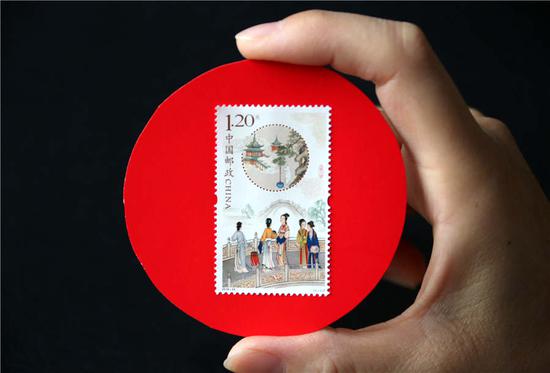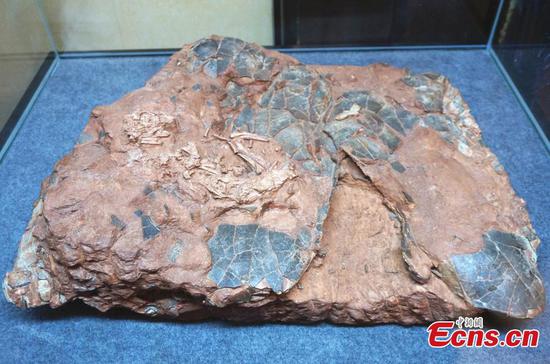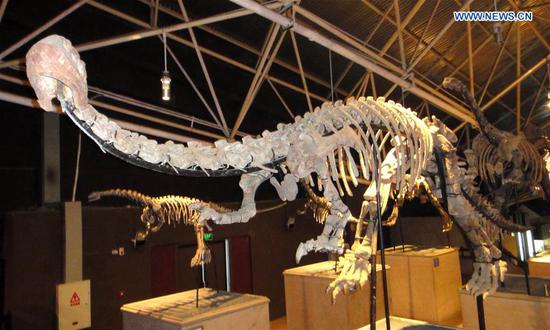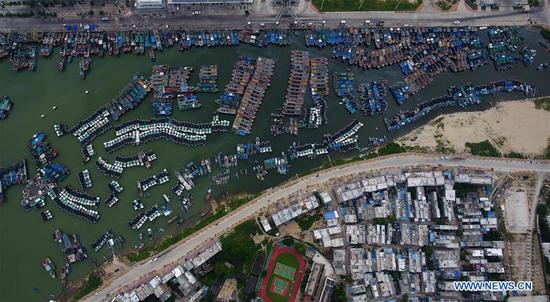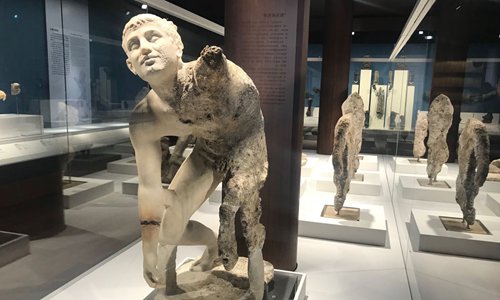
An ancient Greek statue of a boy on display at the Palace Museum on Friday (Photo: Yang Chuchu/GT)
The opening ceremony for The Antikythera Shipwreck exhibition kicked off at the Palace Museum on Friday.
The exhibits on display come from an ancient ship that sunk during the first century BC as it was heading from Greece to Rome. The ship was discovered near Antikythera, a Greek island.
About 350 exhibits are on display, including bronze and marble statutes, musical instruments and jewelry, providing visitors insight into boat-making technology, navigation techniques and ancient Greek art.
"Ancient Greek civilization is one of the most splendid civilizations in human history. The items that were part of the cargo on the ship were exquisite and rich and contain valuable historic information," said Shan Jixiang, director of the Palace Museum, at the opening ceremony.
"I hope this exhibition can attract wide attention and educate visitors about underwater archaeological excavations, spark visitors' interest in ancient Greece and Rome and strengthen their awareness when it comes to protecting the cultural heritage of humanity," Shan added.
Among the many valuable exhibits on show is a statue of a young man made of marble. The figure's bent knees suggest he is a wrestler preparing to fight an opponent.
Another eye-catching bronze statute is The Antikythera Philosopher. While the figure's head, arms and feet are damaged, viewers can still see that the serious expression on the philosopher's face and his bright piercing eyes and curly hair.
"The philosopher statue is very exquisite and allows us to feel the charm of ancient Greek art," said Bo Haikun, an associate research fellow with the Palace Museum's Exhibition Department.
The exhibition is one of a number of cultural cooperative projects between China and Greece and is scheduled to come to an end on December 16.











